How To Lower Nitrates Slightly Other Than Water Changes
Do you know what nitrate is? It is transferred from nitrite, which is converted from ammonia. Besides, ammonia is produced by the wastes of fish, rotting foods, and decomposing plant matter. Nitrate is invisible and odorless, so it is impossible to test the level directly. Moreover, if it is accumulated, there will be negative effects on your little fish. So how can we lower nitrates? Do not worry. This article will cover some methods for it!
Content Table
Causes of nitrates in aquariums
Before sharing the methods to lower nitrates, we would like to introduce the causes of nitrates in aquariums.
Overstocking
Overstocking means more fish, which will cause accumulated waste. As a result, the tank may suffer high nitrate levels. If you notice there is too many fish in your aquarium, it is better to put some in another tank or change to a larger aquarium.
Overfeeding
If you overfeed your fish, they will produce much more waste. And if the foods are out of their acceptance, the uneaten foods will rot and produce more waste. Overfeeding is the prime cause of high nitrate levels in tanks.
Rotten plant material
On the one hand, aquarium plants are natural filters, which can decrease nitrate levels. On the other hand, if you do not remove their dead leaves, they will rot and produce more waste.
Dirty filters
You should be serious about cleaning filters. The old filter media, which is clogged by gunk, may lead to high nitrate levels.
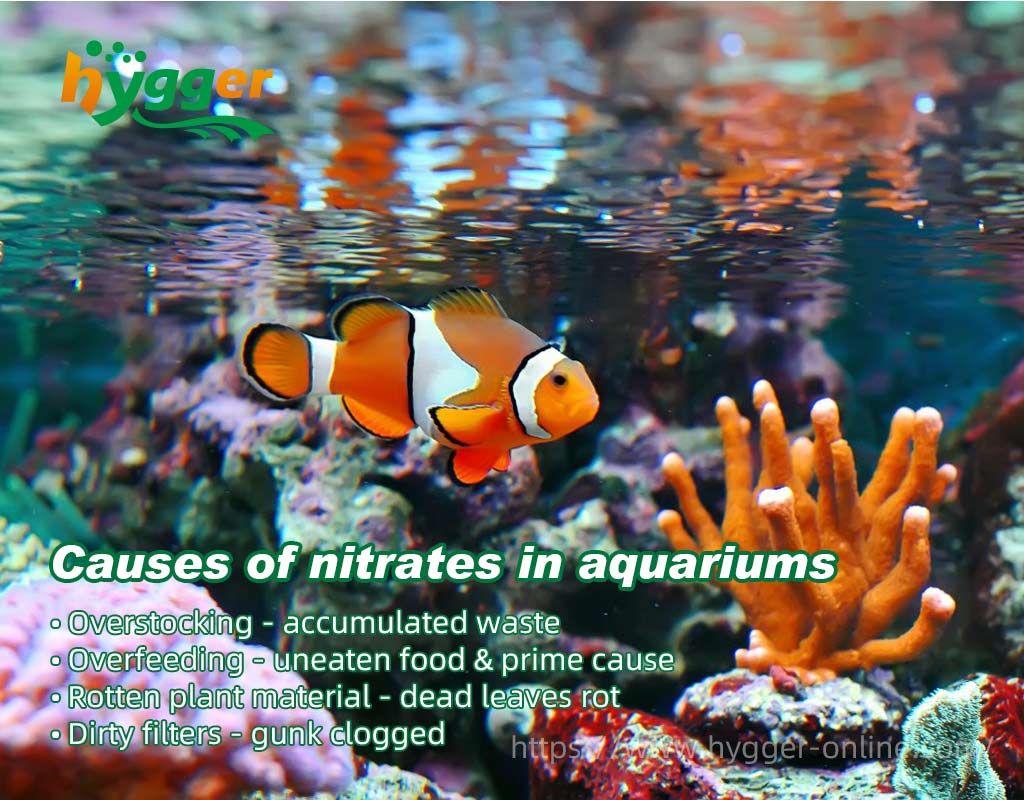
What are the suitable nitrate levels for aquariums?
In the natural environment, the nitrate level is below 5 ppm. By the way, ppm is the measurement of nitrates, its full name is parts per million. And it is equal to mg/L (milligrams per liter) for metric folk.
As for the nitrate levels for aquariums, there are two factors determining it, including the type of tank, and fish, plants, or other creatures in tanks.
Nitrate levels for freshwater tanks
In freshwater tanks, the nitrate levels should be kept below 50 ppm, and the ideal nitrate levels are below 25 ppm. Besides, if you are raising fry or fighting against algae, it is better to keep the levels below 10 ppm. Moreover, the nitrate levels for planted tanks should be below 30 ppm. But for brackish and pond, the levels should be more than 50 ppm.
Nitrate levels for saltwater tanks
The ideal nitrate levels should be kept below 5 ppm in saltwater tanks because nitrates are harmful to invertebrates and corals. However, the accepted nitrate level for marine fish is up to 40 ppm. Specially speaking, the nitrate levels for reef tanks should be kept below 1 ppm. And 0.25 ppm is suitable for coral tanks.
In summary, different fish, invertebrates, or plants may have different requirements. You should set the proper nitrate levels from their specific requirements.
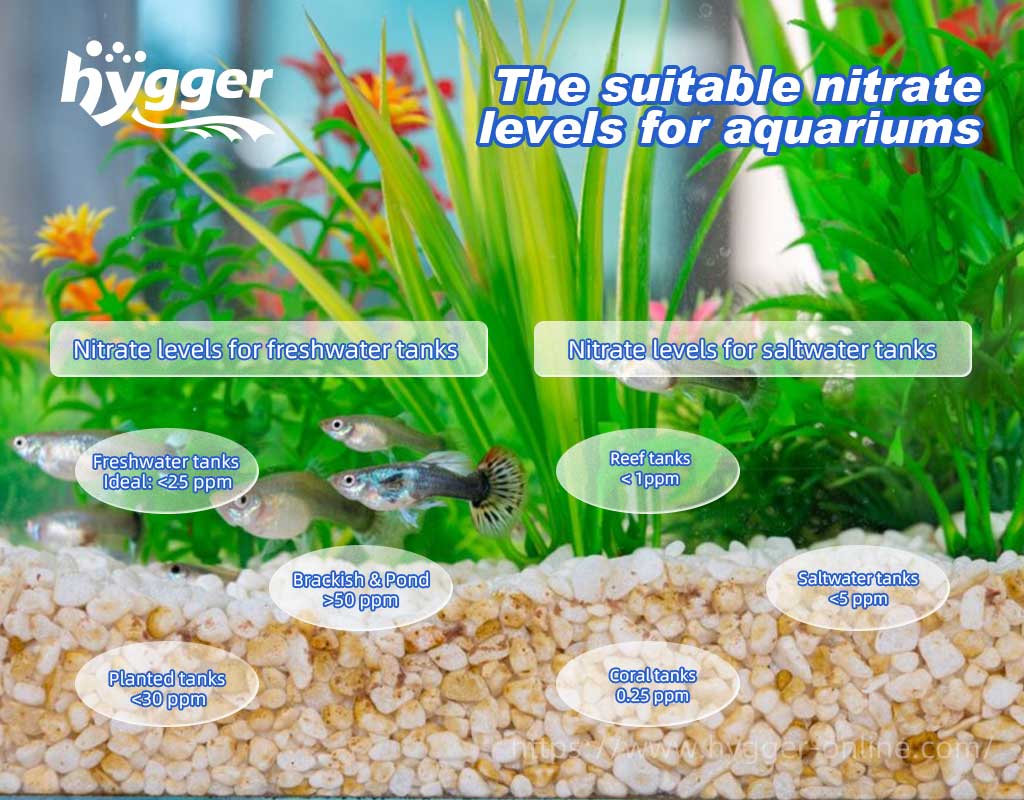
What can neutralize nitrates?
There are different procedures to neutralize nitrates. Let’s get down to business!
Regular maintenance and water changes
It is critically important to maintain and change the water regularly, or the nitrate will increase. Besides, water change is the simplest method to lower nitrate levels.
- Daily maintenance
You should feed your fish for a limited time and with the right amount of food. You can feed them two or three times a day in small amounts. Besides, you should ensure that your fish will finish eating within two minutes or less. In addition, a quick inspection a day is needed.
- Weekly maintenance
Regular water change is necessary, once a week is enough. It effectively keeps diluting wastes sufficient to change 50 or more percent of water. But, sometimes the tap water contains nitrate that is not accepted by tanks. In this case, you can use a water purifier, such as a reverse-osmosis unit. If not, you will need to choose other suitable water. By the way, it is necessary to test the nitrate level of tap water before adding it to an aquarium. There is also one tip for you – for freshwater fish, do not remove more than 50 ppm of nitrate each day, or they can not adapt to a new environment quickly.
By the way, Hygger 987 Aquarium Auto Top Off Kit is a perfect selection. It can auto refill and drain water, and is suitable for freshwater and saltwater tanks up to 60 gallons. If there is something wrong, the alarm light will turn on.
However, large water changes are not perfect for marine aquariums. Nitrate-reducing systems, including live rock and deep sand beds, are suitable for saltwater tanks. You should also check your filters regularly. But if there is no dedicated biofilter and depends on the bacterial colonies of the mechanical filter medium. It is recommended to replace part of the medium when cleaning.
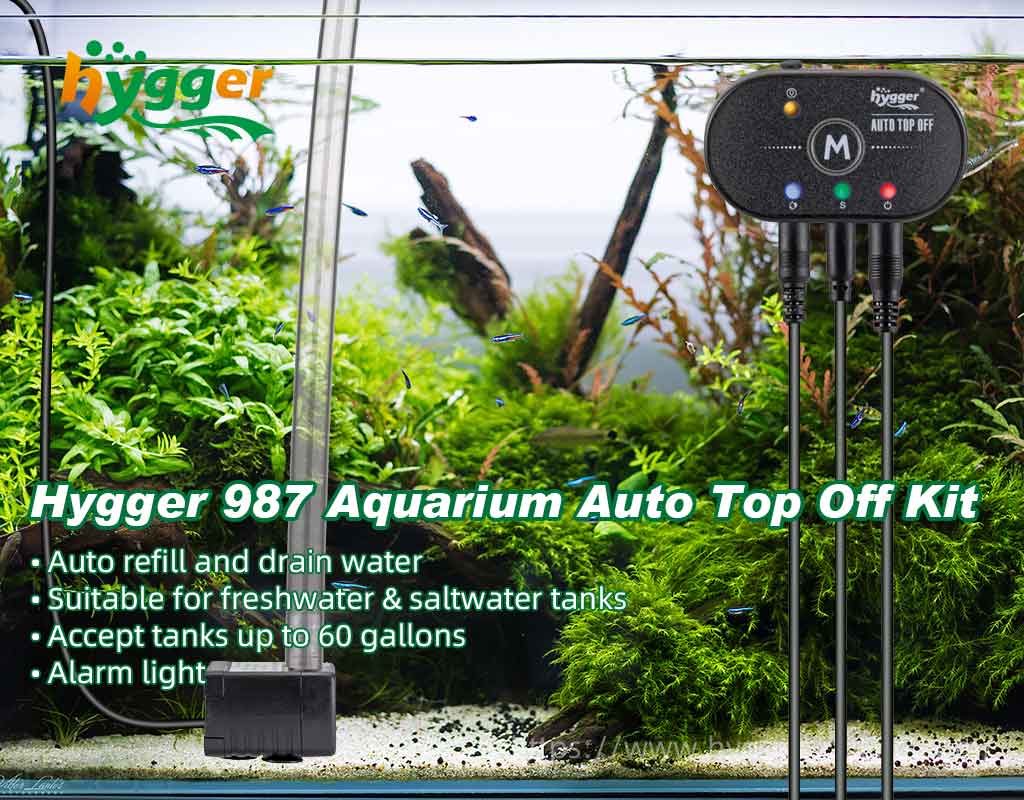
Nitrate-removing filter media
If your tank keeps a high nitrate level for a long time, you can apply the nitrate-removing filter media. A bio-media, which uses bacteria to filter the water and remove nitrates, is a suitable option. Bacteria are aerobic and anaerobic. The anaerobic ones could reduce nitrate. So you can establish anaerobic flora in the filter media to lower the nitrate levels.
Ways to lower nitrates slightly without water changes
Except for water changes, there are also ways to lower nitrates slightly.
Live aquatic plants
High nitrate levels could promote the thriving of algae in aquariums. Nitrates provide the energy for plants to grow. So nitrate-absorbing plants help lower nitrates. By the way, floating aquatic plants are one suitable choice. There are some floating plants for your freshwater tanks, including Water Sprite, water spangles, Amazon frogbit, and Hornwort.
A refugium
It is a separate space to cultivate algae, which can be applied to control nitrate levels in marine and reef aquariums. When the water passes through the refugium, the nitrate levels get reduced. But it needs regular cleaning.
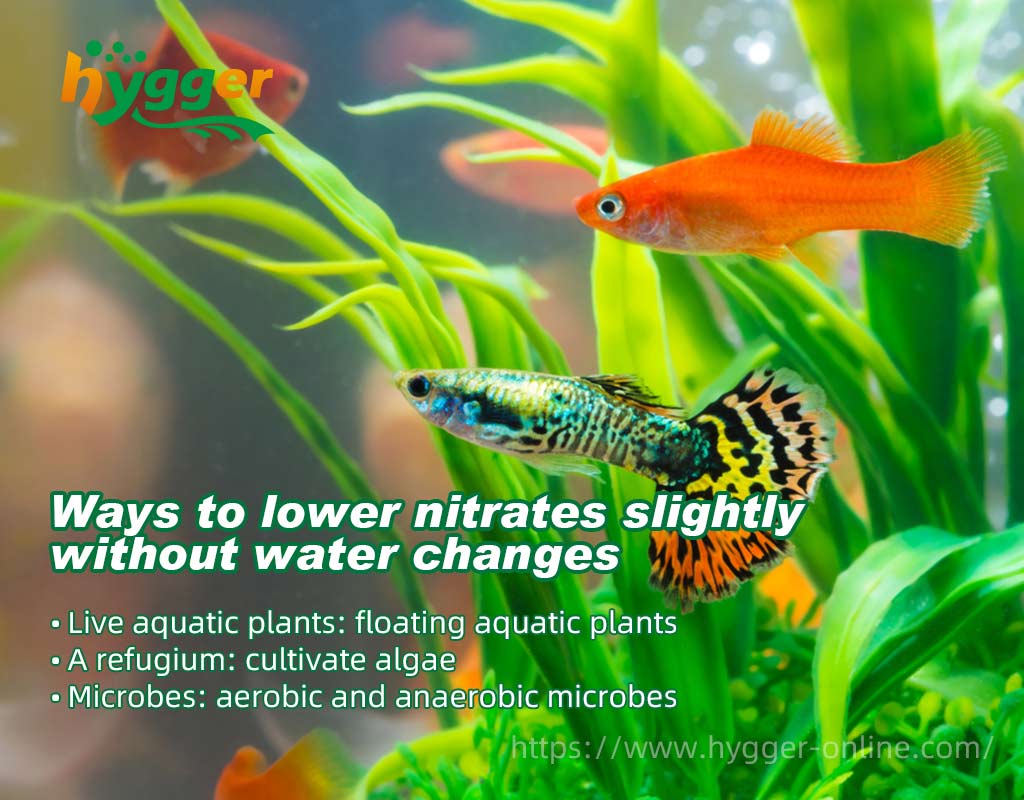
Microbes
It is possible to lower nitrates by applying microbes. For microbes, nitrates are used for biomass or will be converted to another substance, such as nitrogen gas. Besides, there are two kinds of microbes, including aerobic and anaerobic microbes.
Aerobic microbes are composed of heterotrophic bacteria, which can absorb nitrates quickly. But they need to be “fed” carbon sources, such as ethanol. Moreover, aerobic microbes would be thriving, which will consume oxygen. On the other hand, anaerobic microbes do not need carbon, but they work slowly. And they live in the deep bottom of sediments where organic matter is abundant. Besides, they are not oxygen-consuming.
The bacteria that break down nitrates live in an anaerobic layer. To start adding bacteria, you can add half an inch of sand to the tank top. The fastest way to lower nitrates is by using plants. Heavy feeders like green onions, tomatoes, and other dark green plants soak up all the nitrates. Green onions are the go-to. Float the roots in the water and let them explode in growth. Aquarium fish are happy, and your kitchen enjoys fresh green onion daily. (from 200Plat)
In general, it is better to raise a microbial community, which may require a deep sand bed, bacterial inoculants, and regular addition of bacterial supplements.
Reminder
Objectively speaking, it is critically crucial to pay attention to the nitrate level in your aquarium. Because high nitrate levels will cause negative impacts on your tank. For example, fish will get disease easily and their ability to reproduce will be inhabited. Besides, the oxygen levels are to decrease. Moreover, plants will suffer demise due to the thriving of undesirable algae.
Thank you for your reading. We hope this article will give a hand to you!

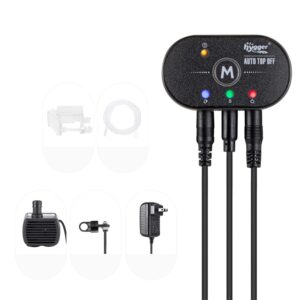
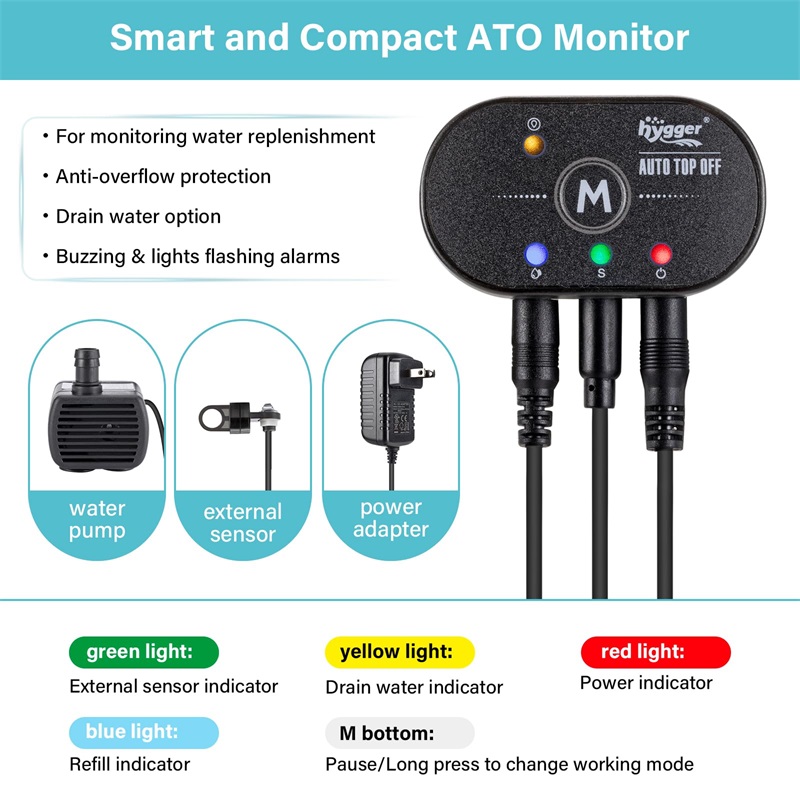
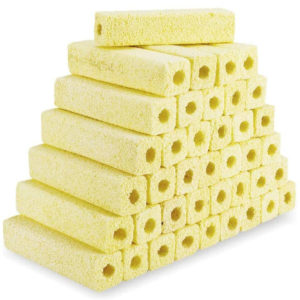
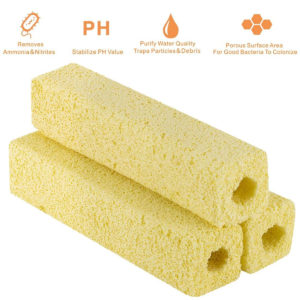
This has been very informative, thank you! Looking forward for more information